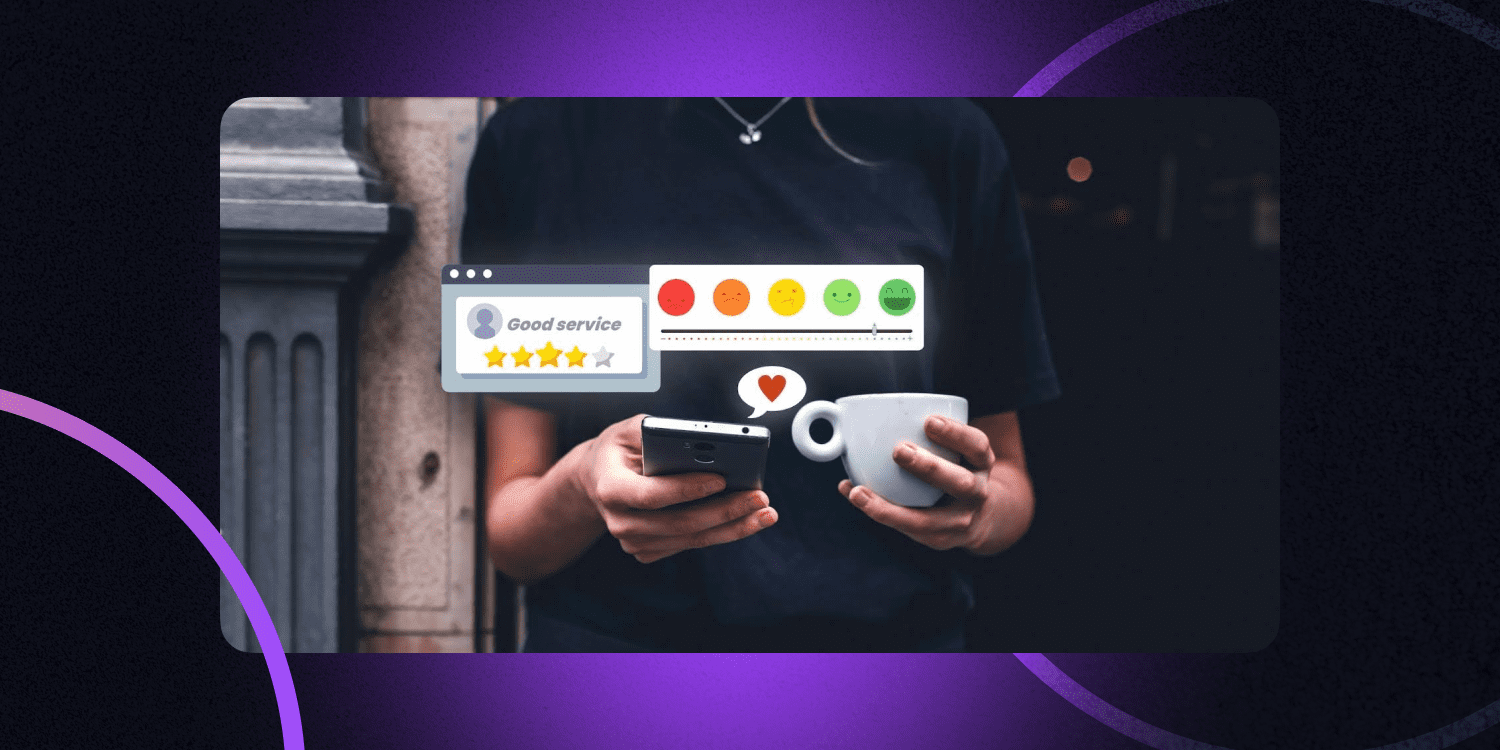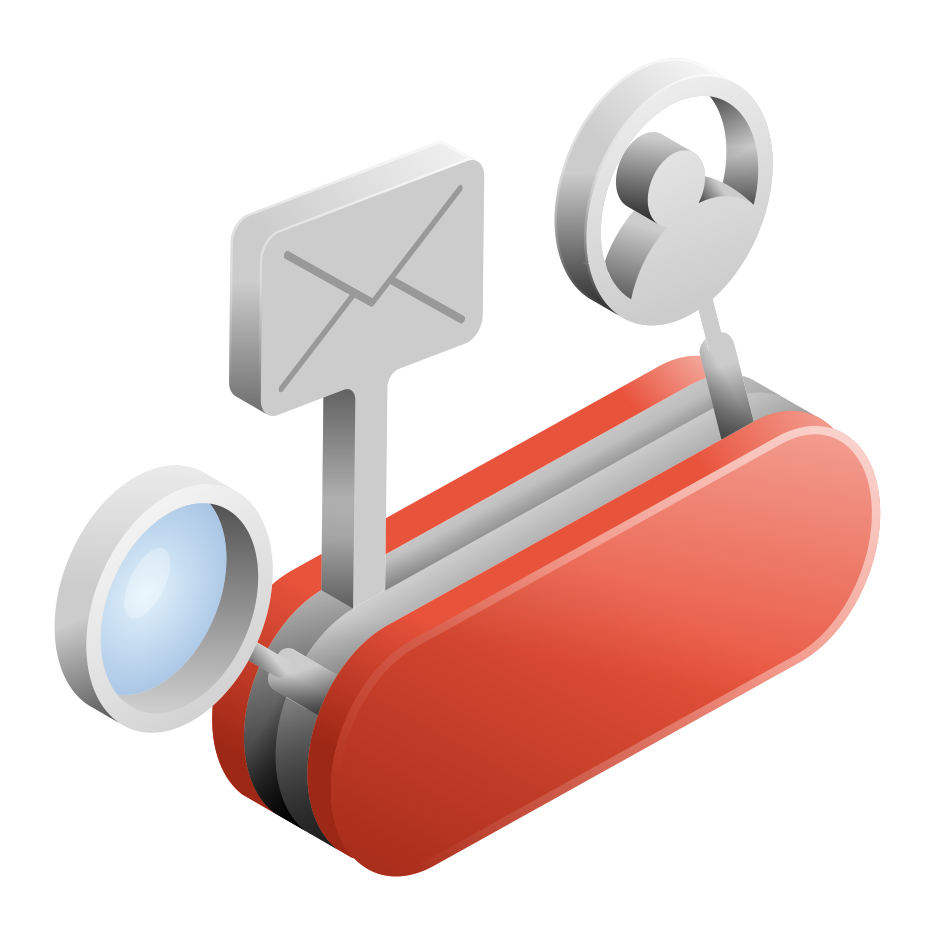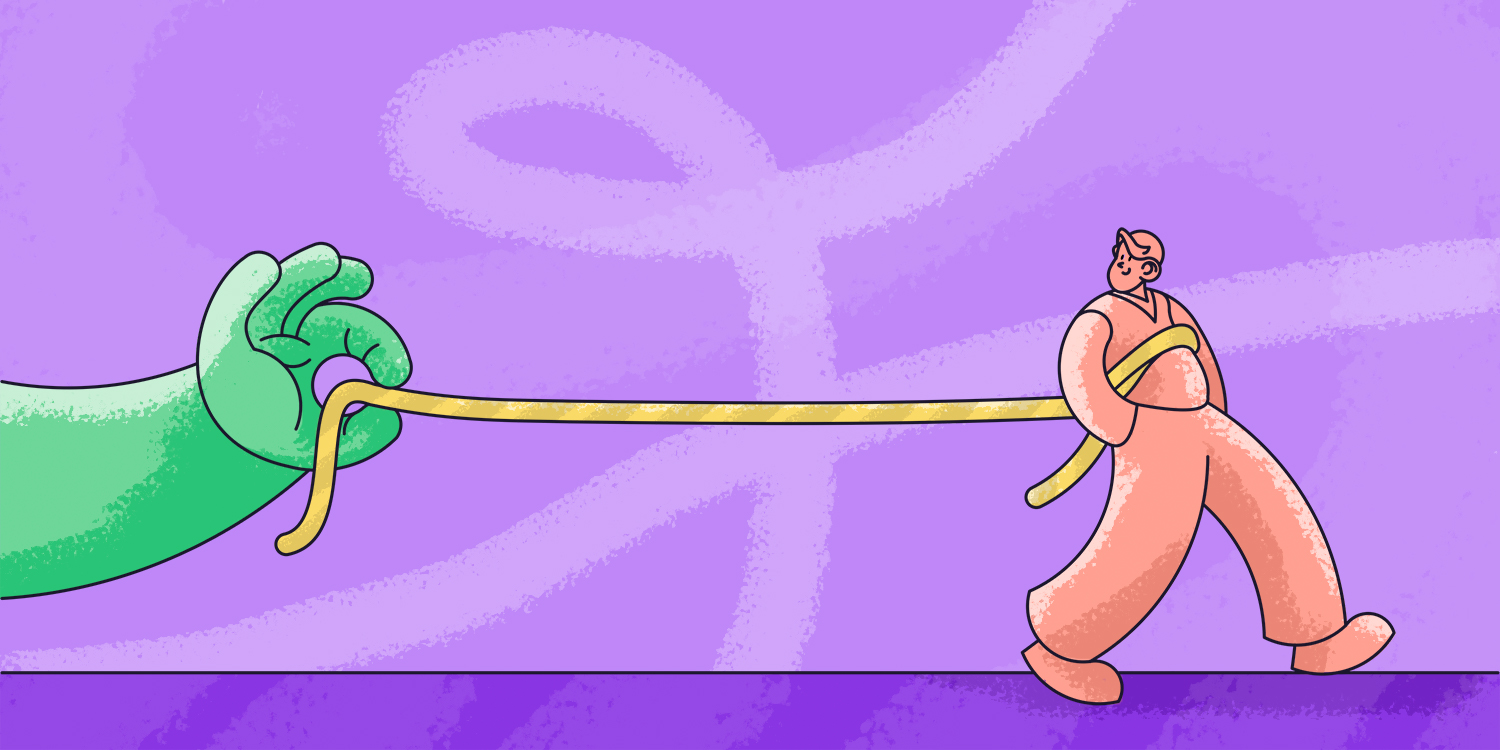If you look at your sales cycle, you’ll see that it resembles a magic wheel that never stops. As soon as you land a sale with a new customer, you can’t let them go. You turn the wheel, again and again, to transform this customer into a repeat buyer.
A sure way to do this is to provide your customers with the perfect after-sales service. That’s what we’ll talk about in this post, where I’ll share some examples of the after-sales service, as well as actionable tips on how to make it work like a Swiss watch.
Outline:
But let’s start with the after-sales service meaning and benefits for your business first.
What is after-sales service?
If you ask me, “What does ‘after-sales’ mean in business?” I’ll recommend you think about the last time you bought your new mobile phone. Do you remember the shop assistant offering an extended warranty or a screen-protecting film? That’s it.
After-sales service is a set of actions you take to follow up with a customer who has just bought your product or service to increase their satisfaction and lead them toward a repeat purchase.
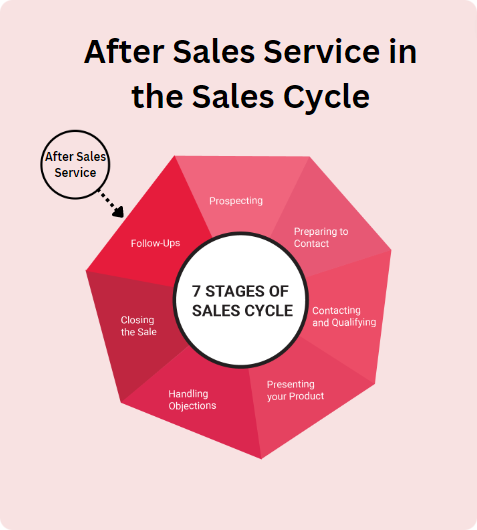
After-sales service can be provided by a sales representative, customer care, marketing team, or even a chatbot, depending on your company’s product.
Why you should provide an excellent after-sales service
What are the benefits of after-sales service you can gain for your business? Well, there are many of them, really, but I’ll name the four most important ones:
#1: After-sales service improves customer satisfaction
If a decade ago customers would buy from you because of the quality of your product, nowadays the situation has changed. Today, the biggest priority for customers is their experience with the brand. The product and its pricing are lagging behind in the purchase decision graph:

Based on this new trend, no matter how impeccable your solution is, unless you provide customers with a quality post-sale service, they’ll be less likely to repeat their purchase. By contrast, if you put effort into making your after-sales service a story to remember for them, they’ll choose your company over and over again.
#2: After-sales service increases customer loyalty
Once you increase customer satisfaction with post-purchase care, you’ll have the ‘Domino effect’ in action. Customers who get instant post-sale help and feel they’ve become a part of your community will pay you back with their loyalty.
And if my words seem not persuasive enough, consider the stats: nearly half (48%) of customers cut relations with a brand in the past year because of customer service issues.
Offer your customers an after-sales service as a form of gratitude for their purchase. You’ll always have a competitive advantage over those companies that tend to ignore the needs of their clients as soon as they get their money.
#3: After-sales service favors positive referrals
No need to emphasize how much customer referrals mean to every brand. B2B companies with referrals boast a 70% higher conversion rate and 69% faster close time on sales.
While other companies need to crack their head over how to ask for referrals, you already have the door opened by providing your customers with excellent after-sales service. Happy, loyal clients will be more likely to become your brand ambassadors, telling others about your company both on their social networks and by word of mouth.
#4: After-sales service improves your brand image
Imagine a restaurant where you get a complimentary dish in addition to the ordered lunch. How would you react to it? I’m sure you would have only positive impressions of this place.
Same goes for the brand image.
Having a positive post-purchase experience, your customers will think of your brand as reliable and trustworthy. And even if anything goes wrong in the process (e.g., a customer has some issues paying or logging in to your app), your excellent after-sales service can compensate for these minor unpleasantries and add more points in your favor.
Types and examples of after-sales service
Now let’s discuss what activities you can use in your after-sales service strategy. We’ll talk about both B2B and B2C post-purchase service types so you can choose what is more relevant to your business.
Pre-installation services
Some products, usually devices, require installation before you can use them. For such cases, a good sign is when a company provides either easy manuals so a user can install everything by themselves or offers pre-installation help. The ideal situation is if an organization provides it for free or at little cost.

For example, suppose your company specializes in air conditioning. In that case, you’ll give your clients an excellent after-sales service if you offer an air conditioner installation as a bonus.
A little trick here: you can set the price of your items a bit higher, but ensure it includes free installation.
Warranties, replacements, and returns
One of the most popular types of after-sales service is offering warranties that presuppose replacing an item or its part for free if it doesn’t work properly during the specified period.
For instance, whenever you buy a laptop, a TV set, or a mobile phone, you get a document stating what the manufacturer will do if you experience specific issues with the device. What is more, for some items, companies can extend warranties at an additional cost.

Bonus products, features, and upgrades
Many companies offer added features or tools for free. For example, in Snov.io, you get free access to a sales CRM no matter your chosen pricing plan.
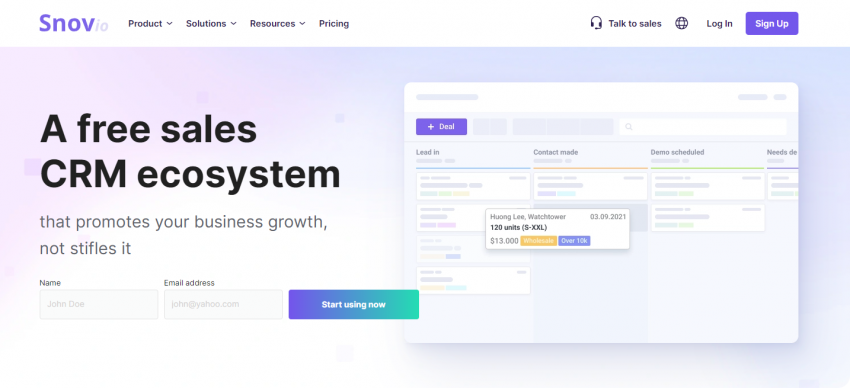
Meanwhile, such giants as Apple and Android provide users with free updates to their devices’ software, as well as added features and security for years.
Or else, companies unobtrusively offer subscription plan upgrades whereby you get additional features and more advanced functionality at a very compelling price.
Such after-sales service is a win-win tactic as, on the one hand, users get more out of their purchase, and, on the other hand, by targeting different customer needs, a company broadens its market.
Coupons and discounts
A widespread yet very effective after-sales service type is offering a customer who has just bought your product a coupon or a discount for the next purchase as a gesture of gratitude.
Even if they might not wish or need another purchase from you at the moment, you can always wrap up your post-sale service in such a way that will stimulate them to repeat it.
For example, what if you offer a new customer an opportunity to buy another item as a gift to their best friend or spouse? An appealing proposition with a discount can do miracles. It all depends on how you present it.
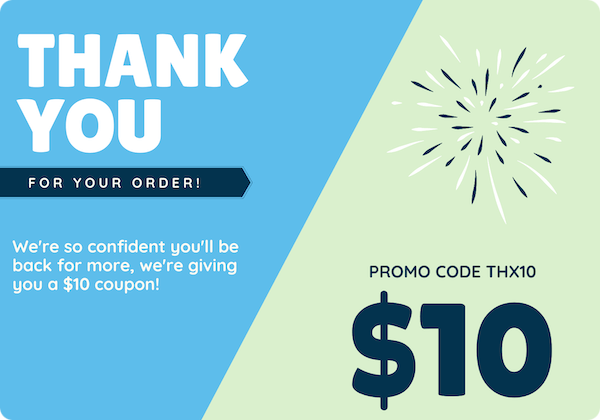
Unique packaging
It’s such a trifle, but how effective it is! I’m speaking about how companies pack their products to impress their customers. Such after-sales service works because it appeals to childish feelings people always keep inside, no matter how old they are.
A bright box with a personal card, sticker, or a sweet may become that day-maker that will motivate a customer to repeat a purchase and experience these emotions again. For this reason, it’s important to use customized card designs, stickers, and candies in your packaging.

You can raise the value of purchase even more if you put a product into your branded bag—customers will use it for shopping and advertise your company on the go.
User training
This after-sales service helps customers figure out how to use your product. No surprise it’s so popular with SaaS companies—their usually complex software requires some time to master. Therefore, the best post-sales service they can offer is to provide detailed onboarding for new users.
You can use a variety of ways to onboard your new customers:
- By providing step-by-step in-app tutorials
- By sending onboarding emails
- By providing video-guides
- By offering a list of resources to read, etc.
For example, the scheduling service Deputy includes both written and video guidance on how to use their features:
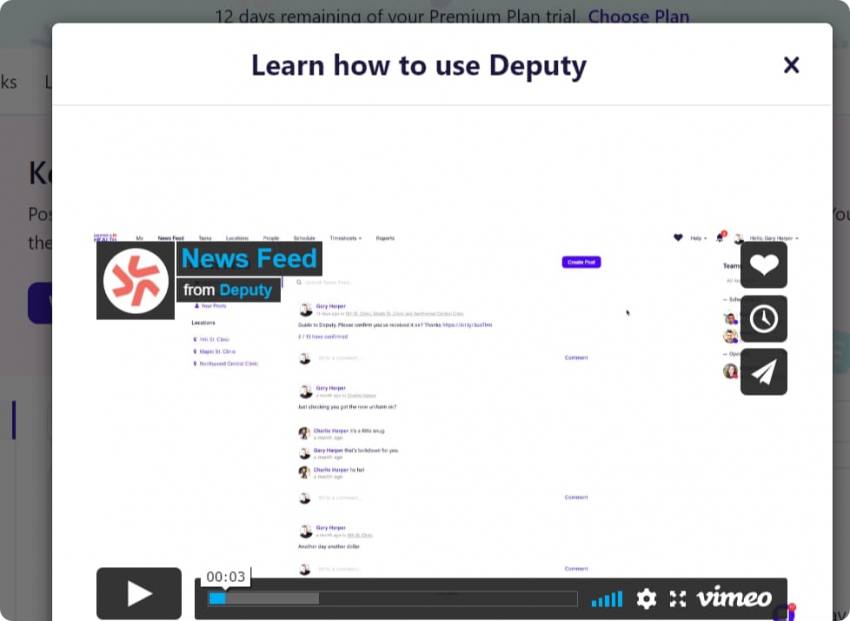
User training not only improves customer satisfaction but also helps build your brand image as you position yourself not only as a customer-oriented company but also as an expert in your industry.
Helpful content
To strengthen and maintain authority in the post-sale phase, you can frequently send relevant content to customers to help them solve any problems.
For instance, if your product is aimed at helping salespeople manage the sales process, it’s logical that your customers will be interested in the content that will enrich them with respective knowledge on the subject.
Once they’ve purchased your solution, you can start regularly sending them emails with links to articles and videos that contain valuable sales tips and lifehacks or infographics with sales-related statistics.
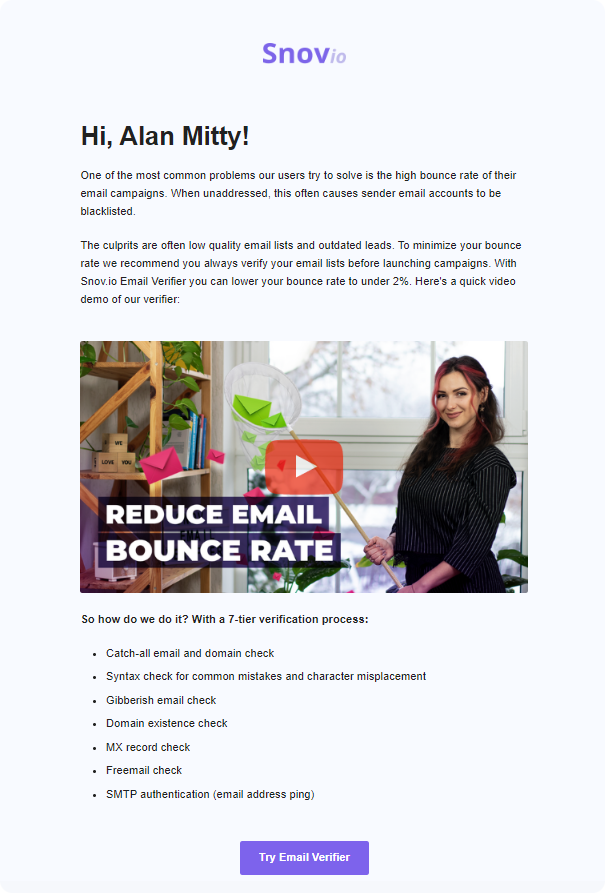
Online customer support
I won’t exaggerate if I say that after-sales online customer support’s a must for SaaS companies and businesses specializing in e-commerce to provide users with online assistance whenever they experience troubles with a product or service.
The most common forms of online customer support are providing customers with a special email address for their inquiries or creating a special automated chatbot that navigates users through relevant information or connects them with an available customer support representative.
Just take a look at the example of such a live chat from Snov.io:
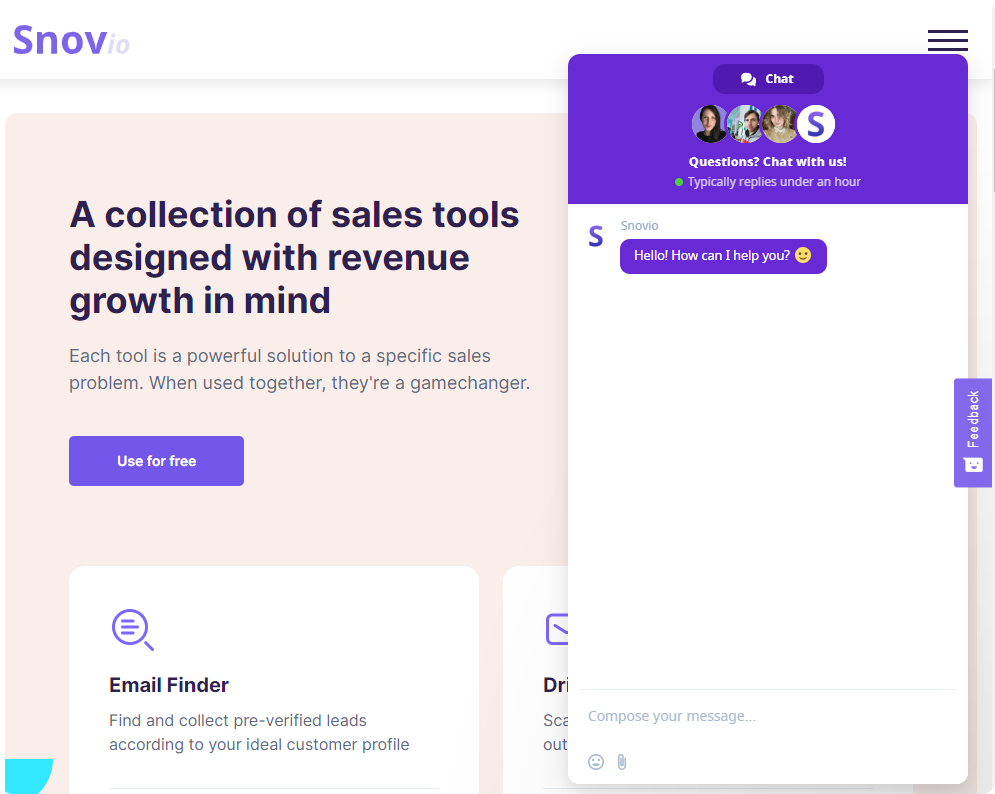
After-sales service best practices
Now that we’ve discussed the common types of after-sales service, let’s talk about how to provide it in the most effective way. I’ll share six strategies that I would recommend you always keep in mind:
1. Contact a new customer right after a purchase
There’s nothing worse than ignoring customers after a purchase. Just imagine: you’ve nurtured them with such persistence before, and now that they’ve finally bought your product or service, you’re simply leaving them for granted…totally abandoned. No..no..no…never do this.
If you want your post-purchase service to win a customer’s love, don’t miss a moment to start providing it immediately. The best ice-breaker, in this case, can be a simple phone call or an email where you thank the customer for a purchase/order/joining your brand (choose whatever you like).
2. Be accessible
To add to the previous recommendation, ensure customers you’ve just thanked for becoming a part of your brand family feel they are indeed a part of your community. Make them know that your company always cares about their needs.
Think of the channels through which your customers can contact you. Above, we’ve already discussed the importance of having an email address or live chat through which customers can get your company’s support. If possible, provide them with other options, too—this can be a phone number or direct messaging on social media.
3. Remember your customers on special occasions
To ensure customers remember you for not only days but months after the purchase, reach out to them regularly to congratulate them on special occasions. These can be their birthday, the anniversary of becoming a part of your brand community, or any other holiday. There are so many occasions within a year when you can remind your customers you are here for them.
To strengthen the pleasant effect of your greetings, offer your customers incentives, like special offers or discounts. And never stop repeating that your team is always available if they have any questions or issues to resolve.
4. Ask for customer feedback
Don’t wait until customers contact you with their inquiries or, even worse, complaints. Get used to sending them regular follow-up surveys with straightforward questions on how they feel about your products and what suggestions for improvement they can share. To encourage customers to complete a survey, offer them a small discount on their next purchase.
The practice of asking for customer feedback is another good tactic to demonstrate you care about what your users or clients think of your product. This is what customers usually value a lot and respond to… with a repeat purchase.
5. Personalize
No matter what form of after-sales service you choose, remember that about 80% of customers are more likely to buy from a brand that offers personalized experience.
There are plenty of ways to make your customers feel special. You can start by greeting them by name in the chat and go further up to analyzing their purchase history and picking those hindrances that made them hesitant to buy your solution.
Were they too concerned about the price? It’s time to offer a small discount. Did they ask a lot of questions? Make your newsletters substantial enough or prepare FAQ information specifically for them. By knowing the sales psychology of your customers, you can personalize your post-sales approach in the best way possible.
6. Use automation tools
To keep all data about your customers in one place, create highly personalized post-purchase email campaigns, and program follow-ups, you need a tool that will free you from long hours of manual stress. That’s where reliable automation software or CRM will come in handy.
Luckily, the market abounds in such automation tools. For example, with Snov.io LinkedIn automation software, you can create multichannel email campaigns and add automated actions, such as personalized messages on LinkedIn. Plus, Snov.io provides comprehensive CRM where you can manage information about your customers, share it with your team, build and create triggered email campaigns, and schedule timely follow-ups—all under one roof—to ensure every customer receives instant after-sales support and quality service.
Wrapping up
After-sales service is just like a relationship. It’s not enough to conquer your partner’s heart; you should make it grow into something bigger… true love.
“Never leave your customers abandoned” – that’s the key post-purchase service you should always follow. Maintain constant communication with your customers, send them valuable information, provide support, encourage users to share their feedback, and personalize your outreach. In short, present your customers with an unforgettable experience with your brand that will motivate them to repeat the purchase.
And whenever you need a platform to assemble all elements of your after-sales service in a single clever strategy, remember that Snov.io free CRM always welcomes you on board!
